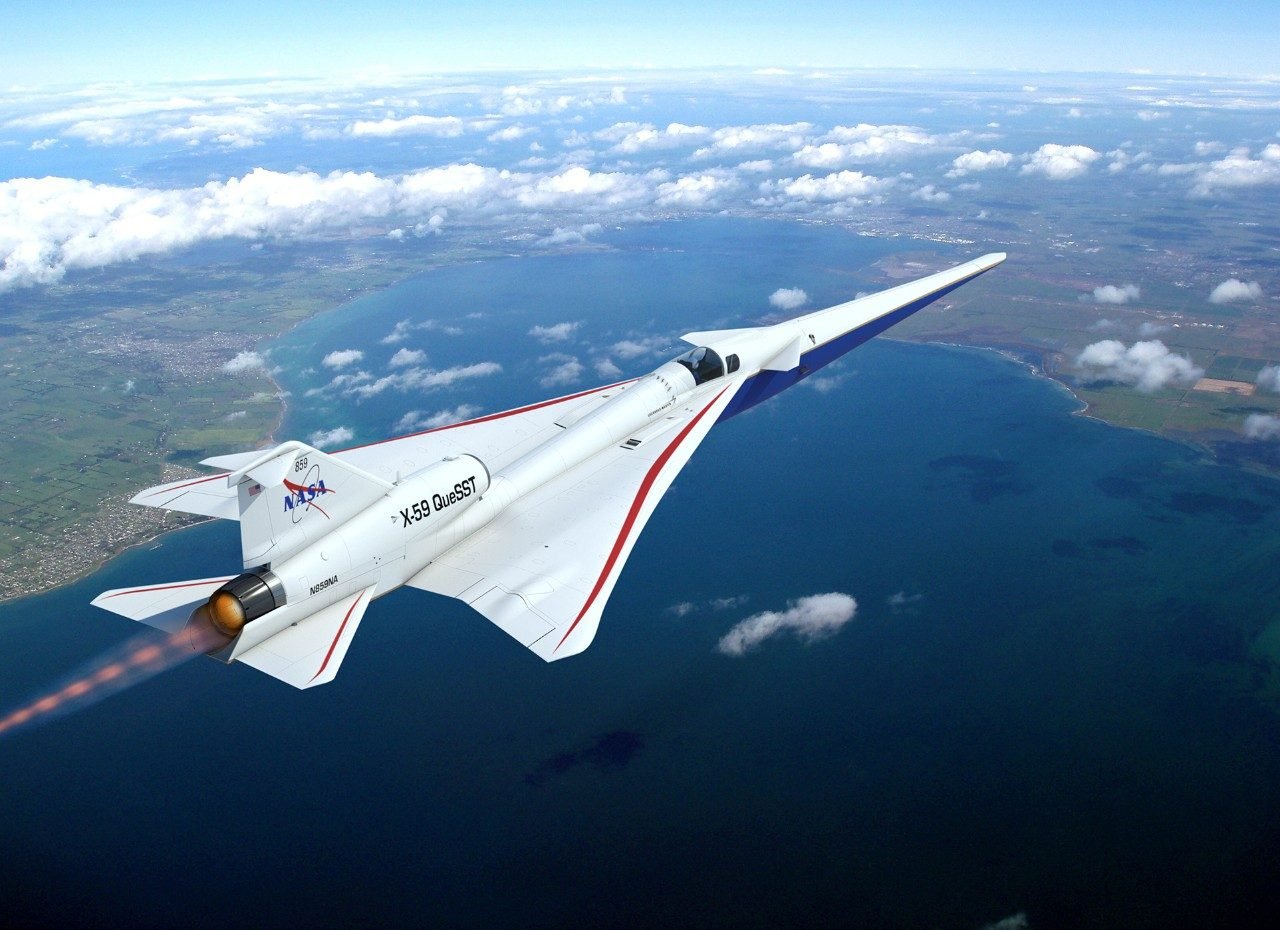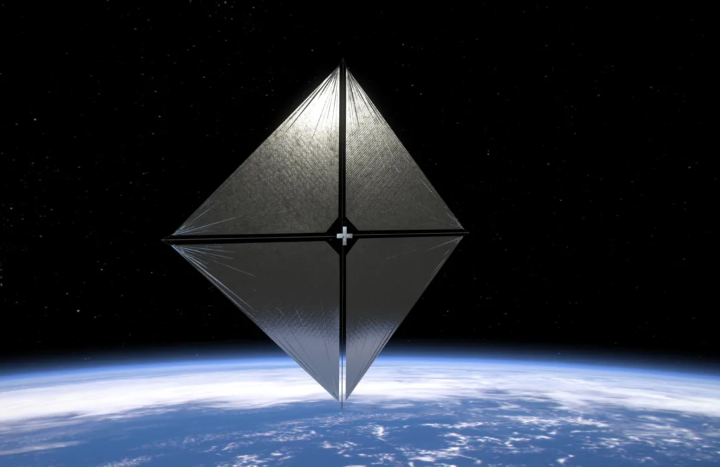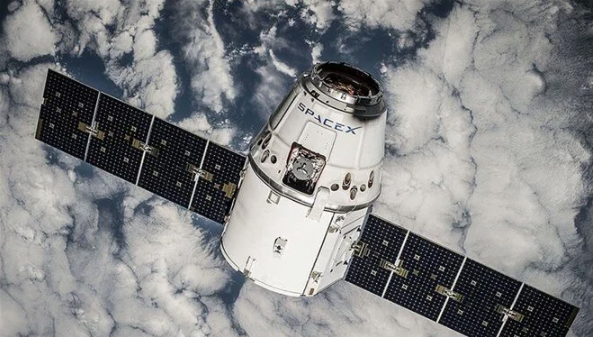Supersonic issues with airliners could be resolved by NASA’s X-59 experimental aircraft.
A little over two decades ago, the Concorde made its final landing, bringing an end to commercial supersonic travel. The sonic boom produced when a plane exceeds the sound barrier is perhaps the biggest obstacle that prevented the Concorde from leading the next generation of airliners. It turns out that residential areas aren’t happy with thundering booms that can shatter glass happening over their heads. The sonic boom issue needs to be resolved for supersonic flight to once again be practical.
- 2.4M new Netflix subscribers are added as the year begins
- What Does Knowladge and Data Represent Today; Let Our Journey Begin
With the help of NASA’s X-59 experimental aircraft, a “sonic thump” will be used to breach the sound barrier.
Since present laws prohibit supersonic flight below 9,145 meters (30,000 feet) or below water, one of the key reasons why airplanes can only travel at a top speed of 575 miles per hour, this is where the X-59 will truly make aviation history (926 kilometers per hour). Other nations likewise quite frequently have laws like this.
The aircraft is almost ready for a flight debut in 2023 after passing critical testing earlier this year. If all goes according to schedule, a commercial supersonic airplane may be feasible by 2030.





